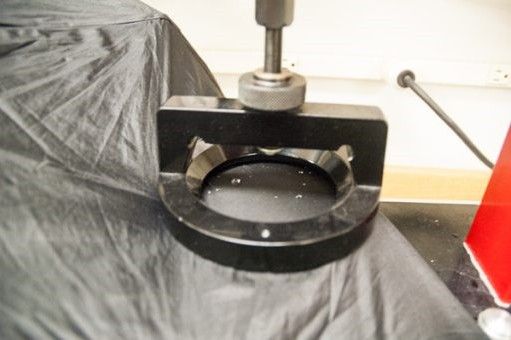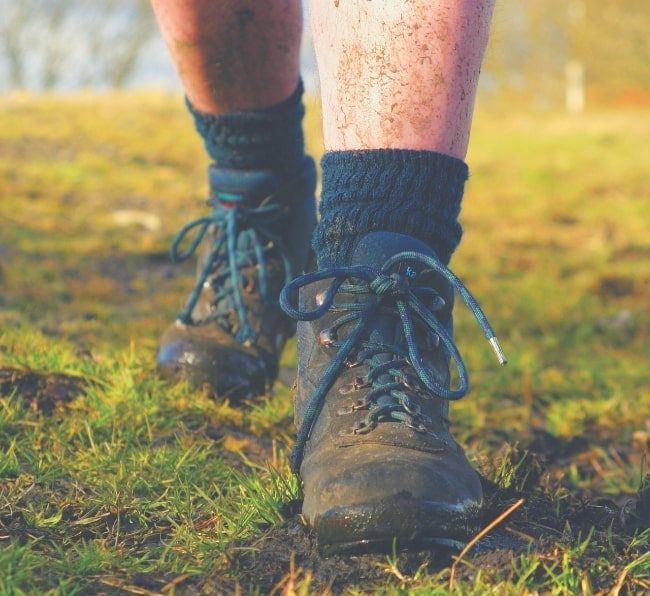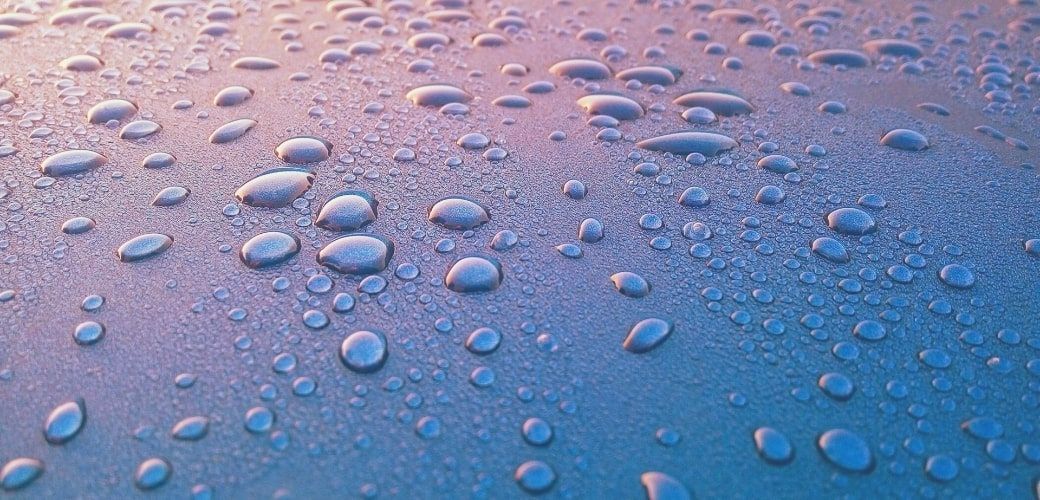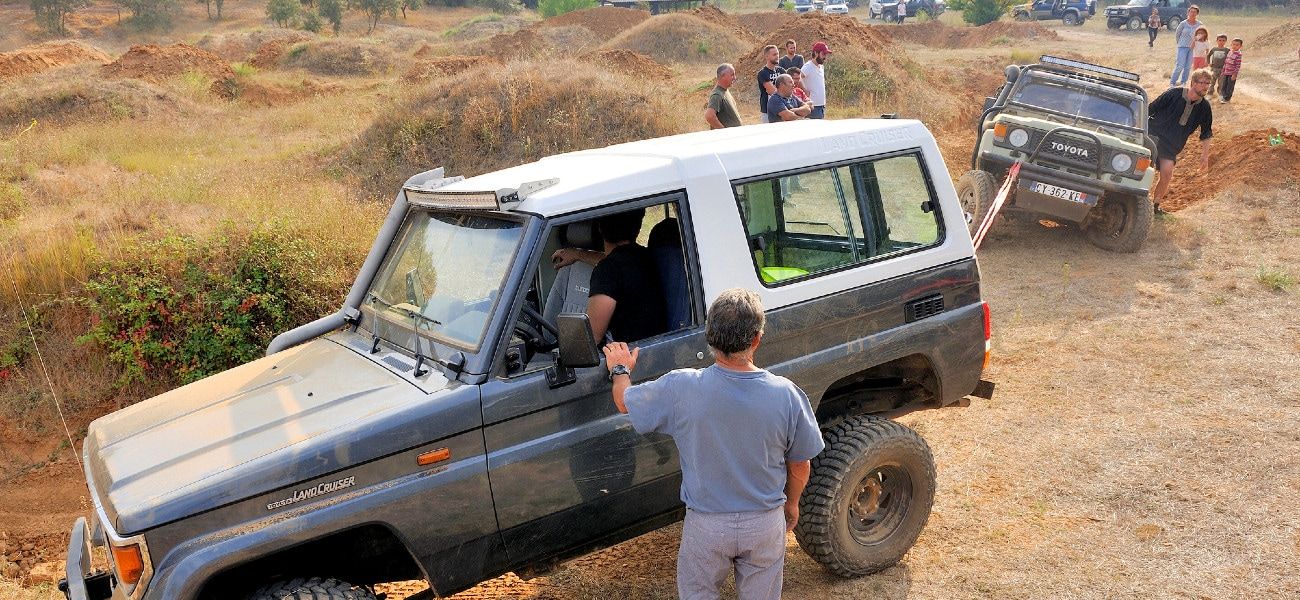Getting ready to buy a tent but confused by the waterproof ratings? Wondering whether 1,000mm is better or worse than 3,000mm? What rating do you need to keep dry?
In this article, I will cover what the tent waterproof ratings actually mean, what rating is necessary for different conditions and why the waterproof rating isn’t the be all and end all when it comes to staying dry while camping.
What Do Tent Waterproofness Ratings Mean?
Tent waterproof ratings are typically measured in millimetres (mm) and they refer to how much water can sit on top of the tent fabric before it begins leaking. This is also known as the ‘hydrostatic head’.
So a rating of 3,000mm means that a static column of water of 3 metres could sit on top of the fabric before any drops start seeping through!
This sounds like a lot (if there is a solid 3 metres of water on top of your tent you probably have bigger problems than a little leakage!) but note that it doesn’t account for wind driven, heavy rain, which can apply a lot more pressure than a static column of water.
As you would expect, a larger number means that the fabric has a greater waterproofing ability. But that doesn’t mean that a larger number is always better!
Fabrics with a higher waterproof rating are likely to be heavy (not good for hiking) and more rigid (which makes them more likely to tear), so always consider the waterproof rating in conjunction with these factors.

What Rating Do You Need To Stay Dry?
A fabric is generally considered waterproof once the rating exceeds 1,000mm. Fabrics below 1,000mm are considered to be water resistant but not actually waterproof.
Here are some typical recommended ratings for the tent fly based on the waterproofness scale:
Rating | Description |
|---|---|
0 - 1,000mm | Water resistant. 2 season tents live here |
1,000 - 1,500mm | Waterproof. Good enough for most conditions, typical for 3 season camping tents. Also light enough for hiking |
1,500 - 5,000mm | Highly waterproof. Enough for the overwhelming majority of conditions, even heavy wind driven rain |
5,000mm+ | Extremely waterproof. For expedition tents that will be used in very wet conditions (think Northern Australia in the wet season) |
For tent floors, you will want to roughly double all of the numbers in the table above. Why?
Tent floors are in constant contact with dirt and rocks on the ground, which can abrade away the waterproof coating. Hence they need a higher initial rating to account for some loss over time.

Unless you're planning on camping under this guy, you probably don't need a 5,000mm+ fly
How Are Waterproof Ratings Measured?
A piece of the tent fabric is clamped at the base of a transparent measuring cylinder. The tube is slowly filled with water, while the underside of the clamped fabric is carefully monitored.
Once 3 drops of water seep through the fabric, water addition to the cylinder ceases and the current water level is measured. This water level (measured in millimetres) is the tent waterproof rating.

Waterproofness testing method (Photo credit: MSR Gear)
If necessary, this waterproof rating can be converted to a pressure. 1,000mm waterproof rating is approximately 10kPa of pressure.
What Determines The Waterproof Rating?
The waterproof rating is determined by the Durable Water Repellent (DWR) coating applied during the manufacturing process.
A polyurethane (PU) coating is used for polyester tent fabrics (this is the most common). A silicone coating is used for nylon fabrics.
The number of coatings, thickness of each coating and the way in which it is applied all impact the overall waterproof rating.
Technically, 1 coating is sufficient to achieve waterproofness, however, 2 to 3 coatings provides a more thorough waterproofing.
Over time, mud, dirt, rocks and other materials will abrade the waterproof coating off, so having the extra coatings can ensure longer lasting waterproofness. This is why hiking tents and swags tend to lose their waterproofness faster than roof top tents, which don't contact the ground.

Mud and dirt wear away the waterproof coating on your tent
Because the waterproofness will degrade over time, purchasing a tent with a higher waterproof rating than you think that you need is a good idea. It will ensure that you stay dry even after using the tent on many trips.
If you do find that your tent is starting to leak over time, check out this guide on how to re-waterproof your tent.
Also, keep in mind that the waterproofness of the tent walls are only one factor when it comes to staying dry in a tent. Failed seam seals can result in water ingress even if your fly is otherwise rock solid in terms of waterproof coatings.
The link above covers resealing your tent seams in addition to reapplying the waterproof coatings.
Summary
Tent waterproof ratings can be a little confusing to get your head around at first, but the key thing to remember is that they refer to the amount of water pressure your tent fabric can handle before water starts seeping in.
The waterproofing rating is determined by the water repellent coating that is applied during the manufacturing process.
A higher number indicates greater waterproofness, but can also mean that the fabric is heavier and more stiff, and therefore more prone to tearing. Consider the conditions that you will be camping in and buy a waterproof tent with an appropriate rating.
Finally, tent waterproofness will degrade over time as the water repellent coatings are worn away by mud and dirt. Consider reapplying the coatings and resealing your tent seams if you notice water leaking into your tent.
If all else fails, you can always put up a tarp over your tent - this will massively increase your waterproofness without needing to purchase any expensive gear.
Any questions? Leave them below!
Looking for something else to read? Check out this article on the 8 benefits of camping - learn why camping can be fun AND good for you!



